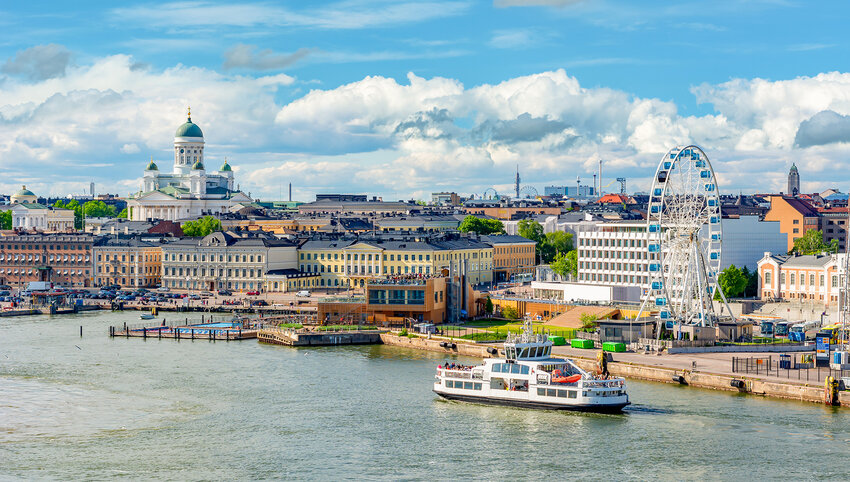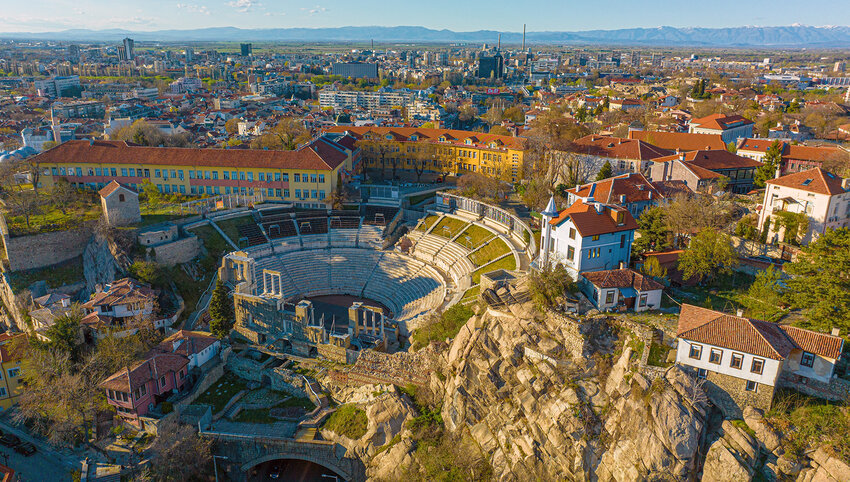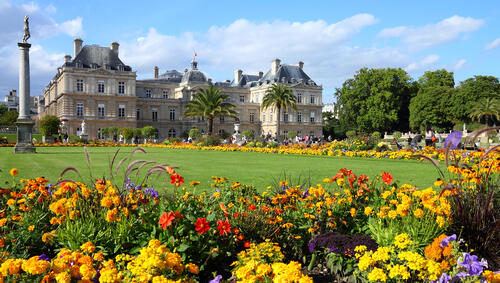Over 80% of the world’s population live in cities with unhealthy air quality according to the WHO, meaning it’s more important than ever for urban centers to look for clean, green solutions. A clean city isn’t just measured by air quality alone, but also green spaces, trash collection protocols, and water quality, and more. The most progressive cities in the world are moving towards renewable forms of energy, reducing waste, and reaping the benefits. Here are 10 of the cleanest cities in the world, paving the way for the future of our planet.
Reykjavik, Iceland

When all of your hot water, heating, and electricity comes from hydropower and geothermal resources, you can lay a claim to the title of ultra-sustainability. That is exactly the case for tiny Reykjavik. With a population of just 140,000 people, Iceland’s coastal capital is a prime example of a city successfully using renewable energy. The same sources tapped for practical utilities also stoke the area’s famous natural hot springs and heated outdoor pools, such as the Blue Lagoon. The city’s zero-emission energy sources further sweeten their claim to cleanliness, negating the air pollution they do produce.
Singapore
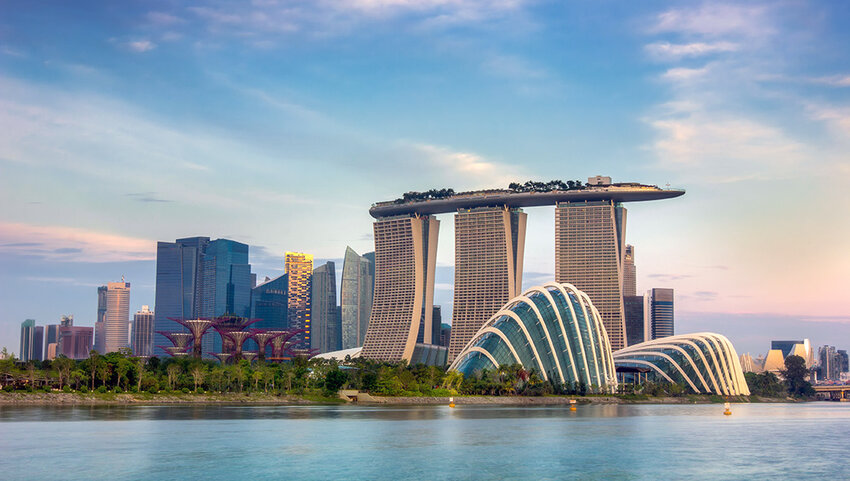
Singapore is Asia’s cleanest city due to strict cleanliness guidelines that are stringently enforced. Littering is a punishable offense that could land you in jail. Green building practices have been mandatory since 2008, further supporting the city’s sustainable initiatives. According to National Geographic, Singapore building regulations require new developments to include carbon dioxide-scrubbing foliage in the form of green roofs, cascading vertical gardens, or walls of live plants. These green building practices have contributed to Singapore's sustainability practices since 2008.
Calgary, Canada
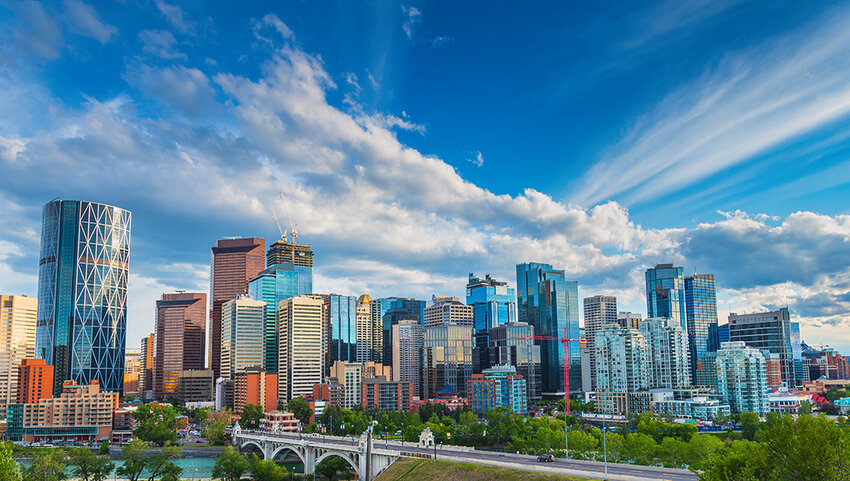
Calgary is frequently rated as the cleanest city on the planet which is impressive considering Calgary is home to almost 1.6 million residents. In an effort to retain this relatively-pristine urban environment, the local focus is on water cleanliness and availability, sewage systems, mitigating traffic congestion, waste removal, recycling, and air quality. According to Calgary’s economic development department, the city was the first large metropolitan area in Canada to power all of its infrastructure with renewable energy sources, including the light rail. “Cowtown” also aims to reduce its landfill waste by 70% by 2025.
Zurich, Switzerland
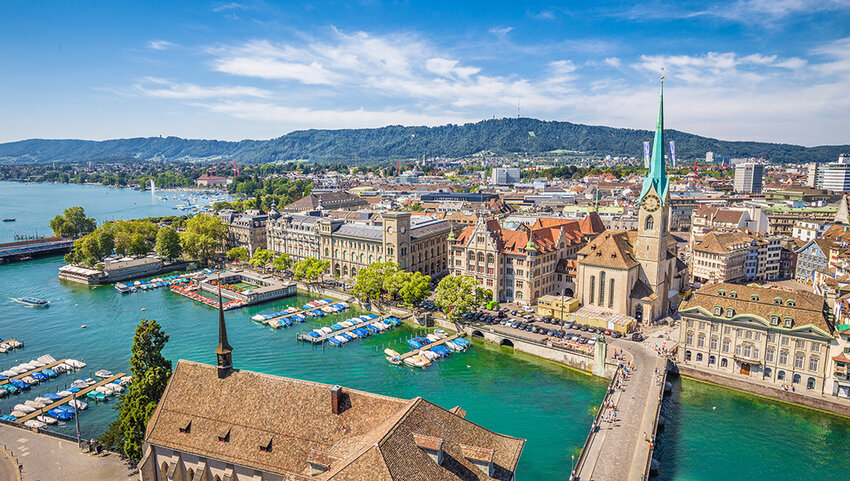
As a magnet for skiers and luxurious travelers, Zurich is a global tourism and banking powerhouse that manages to retain a pristine, mountain-town image. Zurich features highly-effective waste management systems and a strong civic focus on recycling and reduced energy consumption. The city takes its recycling program to a whole new level with a phone app that helps residents decipher which receptacle to put which waste in and what days the trash collection comes. The fresh, alpine air is the cherry on top of this tidy utopia.
Copenhagen, Denmark
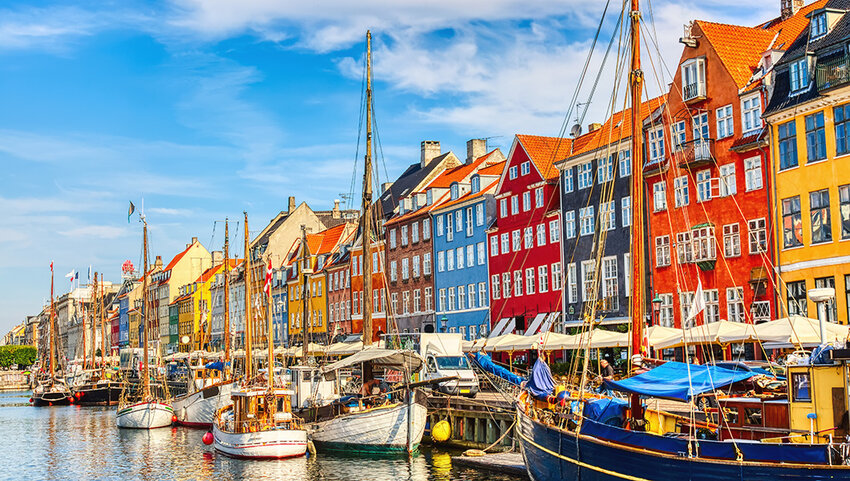
Regal and rigid in its architecture and grid street system, Copenhagen is home to bountiful green spaces that are great for getting out in nature. By walking and riding bicycles, citizens help keep the city's air pollution to a minimum. With some 35,000 cyclists commuting during peak hours, the Dronning Louise's Bro (Queen Louise’s Bridge) is one of Europe's heaviest trafficked bike bridges. The city is full steam ahead in striving to become the world's first carbon-neutral capital, hoping to reach their goal by 2025.
Brisbane, Australia

Australia as a whole has a great reputation for being one of the cleanest countries in the world - especially in terms of air quality. While it's difficult to decide which of Oz’s cities are the cleanest, Brisbane is up there with the very best of them. Eco-friendly transport that lowers carbon emissions, an intricate waste management system, and numerous green-star-rated buildings earn it high marks for being sustainable. The city is set to hold the 2032 Olympics and is aiming for it to be a climate positive event.
Wellington, New Zealand

Wellington was rated the least polluted capital city in the world according to IQAir’s World Air Quality Report from 2022. Match this with the city's high quality water supply, low air pollution, and plethora of green spaces and it isn’t difficult to see why the city prides itself on being so clean. The city frequently tops the list for being one of the most livable cities in the world thanks to its tidiness, air quality, and proximity to the mountains.
Helsinki, Finland

Finland claims to have the cleanest air in the world and Helsinki is often touted as the cleanest city in Europe. In fact, the capital city sits at the top of the WHO’s list of cities with clean air quality, with a score of 90.68 in the Environment Performance Index. Trash is at a minimum due to the city’s extensive recycling program. The low population also helps in this respect. To top it off, Finland has been at the top of the list for the happiest places on Earth for years.
Honolulu, Hawaii

Honolulu is the cleanest city in the United States and was ranked #1 for the U.S. cities with the lowest particle pollution in 2023 according to the American Lung Association. The capital of the “Aloha State” also ranks right at the top of the list for the healthiest cities in the U.S. according to Wallethub who factored in green space and cleanliness into their study. Its isolated location in the middle of the Pacific, coupled with a commitment to sustainability, makes it one of the cleanest cities in the world.
Oslo, Norway

Oslo plans to have zero emissions and use only renewable energy by 2030. With lofty goals like that it’s not difficult to imagine that this city is dedicated to its cleanliness. Public transportation within the city center is well connected and officials aim to continue growing their electric public transportation. They aim for the city center to be completely car-free in the future - further reducing their already minimal emissions. With 47% of the city made up of green spaces, Oslo is also a breath of fresh air and quality of life is high.

